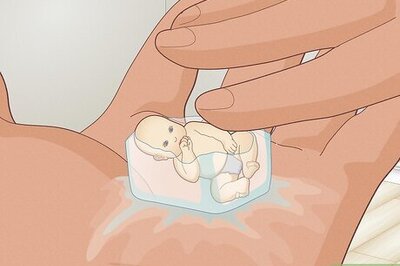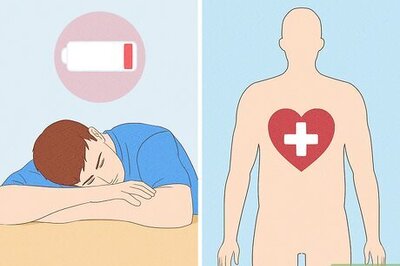
views
Washington: Scientists claim to have discovered a new type of stem cells responsible for creative thinking and memories in humans.
Researchers at The Scripps Research Institute identified a stem cell population that may give birth to neurons which play a key role in abstract thought and creativity.
The finding also paves the way for production of these neurons in culture, a first step towards developing better treatments for cognitive disorders like schizophrenia and autism.
The cells were found in embryonic mice, where they formed the upper layers of the brain's cerebral cortex. In humans, the same brain region allows abstract thinking, planning for the future and solving problems. Previously it was thought that all cortical neurons - upper and lower layers - arose from the same stem cells, called radial glial cells (RGCs).
The new research shows that the upper layer neurons develop from a distinct population of diverse stem cells. "Advanced functions like consciousness, thought and creativity require quite a lot of different neuronal cell types and a central question has been how all this diversity is produced in the cortex," Dr Santos Franco, member of the US team from the Scripps Research Institute said.
"Our study shows this diversity already exists in the progenitor cells." said Franco. In mammals, the cerebral cortex is built in onion-like layers of varying thickness.
The thinner inside layers host neurons that connect to the brain stem and spinal cord to regulate essential functions such as breathing and movement.
The larger upper layers, close to the brain's outer surface, contain neurons that integrate information from the senses and connect across the two halves of the brain.
Higher thinking functions are seated in the upper layers, which in evolutionary terms are the "newest" parts of the brain.
"The cerebral cortex is the seat of higher brain function, where information gets integrated and where we form memories and consciousness," said the study's senior author Ulrich Mueller. The new research is published in the journal 'Science'.















Comments
0 comment